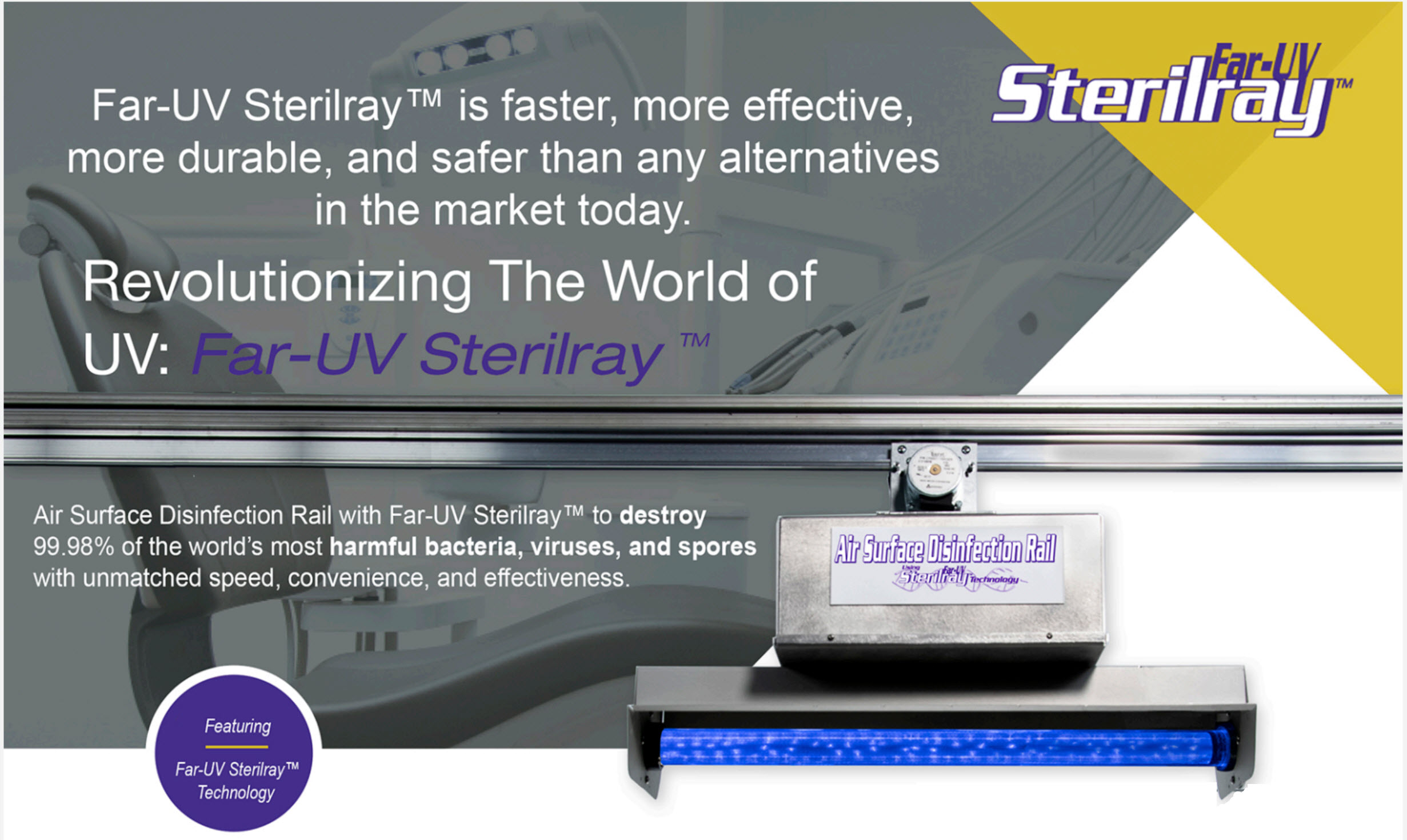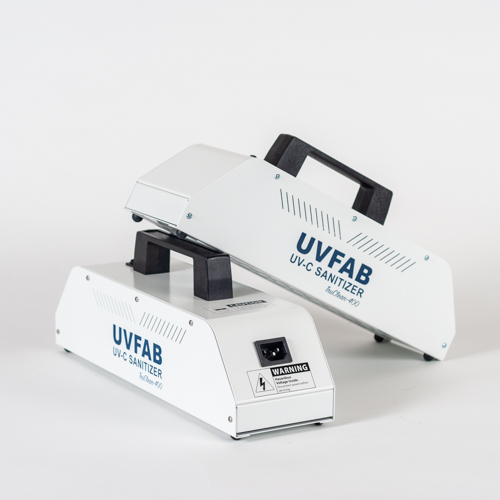Checking Out UV Disinfection: A Necessary Device in the Fight Versus Unsafe Pathogens
As the globe deals with an ever-increasing risk from hazardous virus, the look for effective methods of sanitation has become an immediate concern. While conventional cleansing techniques have revealed some success, there is a growing acknowledgment that we need to discover ingenious methods to battle these invisible enemies. One such method that has actually gathered considerable attention is UV sanitation. Utilizing the power of ultraviolet light, this innovation has shown appealing cause getting rid of a large range of pathogens. How does it function? What are the benefits? And where can it be applied? In this conversation, we will dig into the globe of UV disinfection, uncovering its potential as an essential device in the battle against unsafe microorganisms.
Exactly How Does UV Sanitation Job?
UV disinfection functions by utilizing ultraviolet (UV) light to eliminate damaging virus and avoid their spread. This very reliable method involves using UV radiation to disrupt the DNA and RNA of bacteria, making them incapable to reproduce and triggering their ultimate destruction.
When UV light is used for sanitation, it is typically produced from a lamp or bulb that produces a particular wavelength of UV-C light. uv surface disinfection. This wavelength, ranging from 200 to 280 nanometers, is particularly efficient at passing through the external cell wall surface of microorganisms, viruses, and other microbes. As soon as inside the cell, the UV radiation targets and harms the hereditary product, protecting against the microbe from duplicating and triggering infection
UV disinfection systems are designed to give off the ideal intensity and duration of UV light to ensure efficient pathogen removal. The dose of UV light needed for sanitation depends upon factors such as the kind of bacterium, its resistance to UV radiation, and the certain application. Additionally, the system must be meticulously crafted to guarantee correct exposure of the target microorganisms and to prevent any prospective damage to human beings or the atmosphere.
The Benefits of UV Disinfection
UV disinfection supplies a multitude of advantages in efficiently getting rid of damaging virus and decreasing the risk of infection. One of the primary benefits of UV sanitation is its capability to provide a chemical-free and eco-friendly service. Unlike traditional disinfection techniques that count on chemicals, UV sanitation utilizes ultraviolet light to ruin the DNA and RNA of microorganisms, making them not able to replicate and create infections. This chemical-free approach guarantees that no hazardous residues are left, removing any type of prospective health and wellness threats connected with chemical disinfectants.
One more considerable benefit of UV disinfection is its effectiveness in eliminating a variety of pathogens. UV light has actually been verified to effectively eliminate bacteria, infections, fungis, and protozoa, consisting of those that are immune to typical anti-bacterials. This broad-spectrum effectiveness makes UV sanitation a flexible device in numerous settings, such as healthcare centers, water treatment plants, and food handling markets.
In enhancement to its efficiency, UV disinfection likewise provides quick sanitation cycles. Unlike various other techniques that call for prolonged get in touch with times or recurring applications, UV sanitation can achieve considerable microorganism decrease in an issue of seconds. This quick and reliable procedure permits for boosted productivity, reduced downtime, and increased total operational performance.
In addition, UV sanitation is a non-contact approach, which means that it does not call for straight physical call with the things or surface areas being sanitized. This feature makes it ideal for use on fragile tools and sensitive products that may be damaged or impacted by other disinfection methods.
Applications of UV Sanitation in Medical Care

UV sanitation is likewise used in the sterilization of clinical equipment and tools (uv surface disinfection). The high intensity of UV light can effectively eliminate microorganisms, viruses, and various other microorganisms, ensuring that clinical tools are secure and free from impurities. In addition, UV disinfection is used in water treatment systems within health care facilities. UV light is capable of suspending damaging germs, viruses, and bloodsuckers, making the water risk-free for intake and more reducing the risk of waterborne infections.
In addition, UV sanitation technology is employed in the sanitation of medical care uniforms and personal protective devices (PPE) By utilizing UV light, medical care professionals can guarantee that their uniforms and PPE are devoid of virus, preventing the transmission of infections in between patients and health care workers.
UV Disinfection in Public Spaces
Public rooms are increasingly executing UV sanitation innovation as an important measure to combat the spread of damaging pathogens. With the recurring global pandemic and the constant webpage hazard of transmittable diseases, the need for reliable sanitation techniques in public locations has actually ended up being paramount. UV sanitation offers a reliable and efficient service hereof.

UV disinfection systems utilize ultraviolet light to shut off the DNA and RNA of bacteria, viruses, and other virus. This process interrupts their ability to reproduce and render them safe. These systems can be set up in different public rooms, including HVAC systems, escalators, elevators, and surface sanitation robots. The use of UV disinfection technology in public areas not just assists in reducing the risk of infection yet additionally instills self-confidence among the general public concerning their security.
As public spaces proceed to adapt to the obstacles posed by contagious diseases, UV sanitation modern technology plays a vital duty in making sure a safe and tidy setting. By carrying out such measures, public areas can effectively alleviate the spread of dangerous microorganisms and add to the total well-being of the neighborhood.
The Future of UV Sanitation Modern Technology
As the demand for boosted disinfection approaches continues to grow in response to the recurring global pandemic and the consistent danger of transmittable conditions, the future of UV sanitation innovation holds appealing improvements in making sure much more efficient and efficient pathogen obliteration in different setups.
One area of innovation is the growth of more portable and portable UV disinfection devices. Furthermore, innovations in automation and robotics are being discovered to boost the effectiveness and efficiency of UV disinfection procedures.
An additional area of expedition is using UV disinfection in air purification systems. By incorporating UV-C lights into a/c systems, air-borne pathogens can be properly reduced the effects of, decreasing the danger of transmission in interior environments.
Moreover, scientists are exploring making use of UV disinfection in food processing centers to make certain the safety and high quality of foodstuff. UV-C light their website has been discovered to be efficient in removing foodborne virus, providing a chemical-free alternative to conventional sanitation techniques.
Verdict
To conclude, UV disinfection is an essential device in the battle versus hazardous pathogens. Its efficiency in killing germs, infections, and various other bacteria makes it a useful modern technology in healthcare settings and public spaces. With its capability to supply a environmentally friendly and chemical-free method of disinfection, UV technology holds fantastic potential for the future. Its extensive application can contribute to the avoidance of infections and the improvement of public health.
UV sanitation systems are created to release the appropriate intensity and duration of UV light to ensure reliable microorganism elimination. The dosage of UV light needed for sanitation depends on elements such as the type of microbe, its resistance to UV radiation, and the certain application. Unlike traditional sanitation techniques that rely on chemicals, UV sanitation uses ultraviolet light to destroy the DNA and RNA of bacteria, rendering them incapable to recreate and create infections.In enhancement to its efficacy, UV sanitation additionally uses rapid sanitation cycles. One of the main applications of UV sanitation in medical care is in the sanitation of client spaces and operating movie theaters.